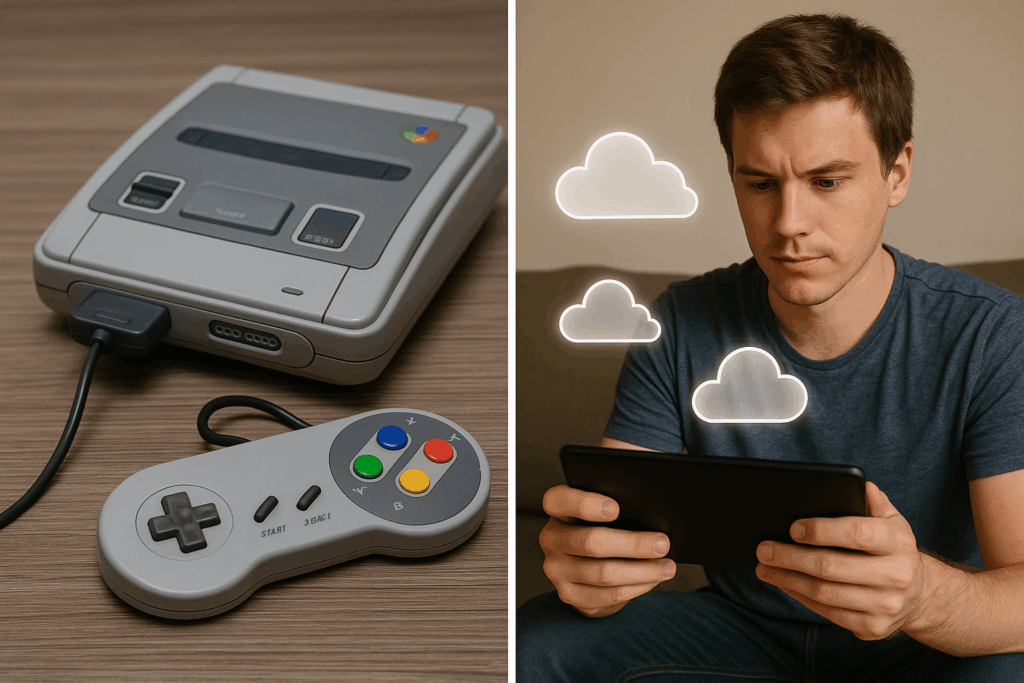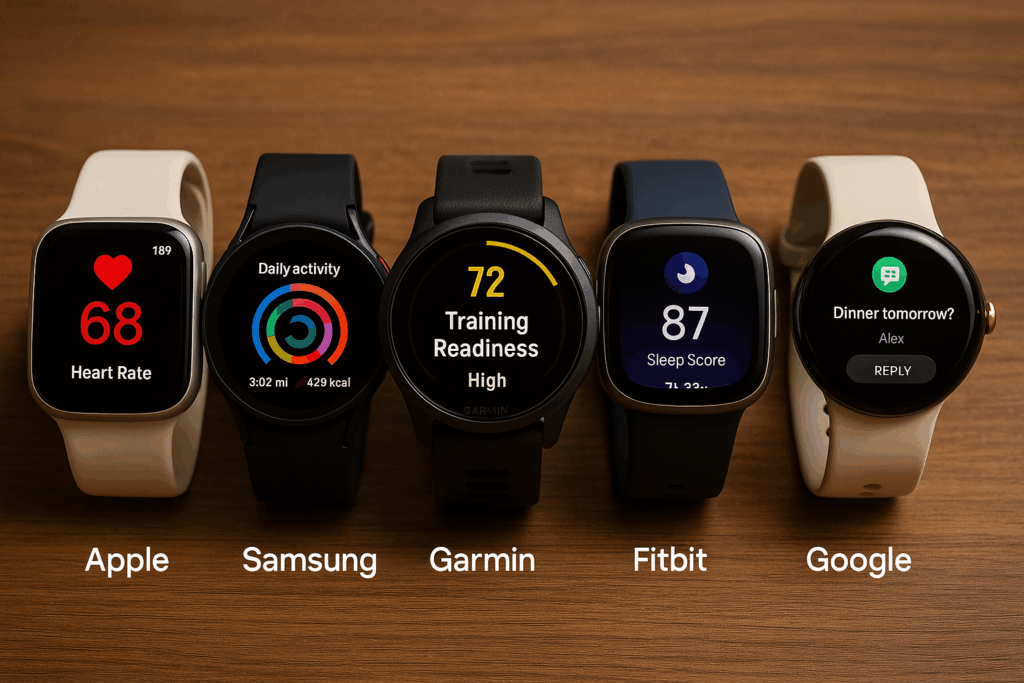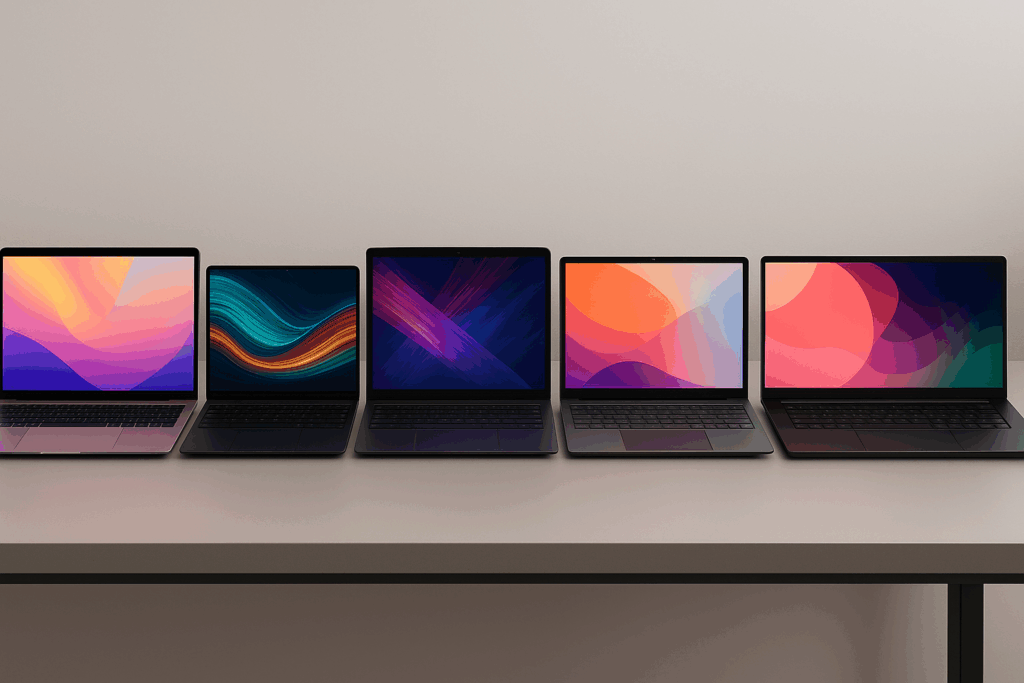Cloud gaming has come a long way in just a few years. What started as a niche experiment is now a major force, reshaping the way we play, buy, and even think about video games. With streaming technology, 5G, and edge computing all advancing fast, it’s no wonder people are asking: will we even need consoles by 2030, or is the future of gaming entirely in the cloud?
Let’s dig into what’s changing, what still stands in the way, and whether the next PlayStation or Xbox might be the last you ever buy.
Cloud Gaming in 2025: A New Standard for Play
In 2025, cloud gaming isn’t just a buzzword. It’s a real, growing part of the industry. Thanks to low-latency streaming and edge computing, lag is finally becoming a thing of the past for many players. Edge servers, placed closer to gamers, mean your inputs reach the game almost instantly, even for fast-paced genres like racing or shooters1. Combine that with the rollout of 5G and improved global internet infrastructure, and you’ve got cloud gaming services that are smoother and more reliable than ever15.
All you need now is a decent internet connection and a device-a phone, tablet, smart TV, or even a basic laptop. No more waiting for downloads or spending hundreds on new hardware. For many, especially in regions where consoles have always been out of reach, this is a game-changer15.
Accessibility and the Expanding Market
One of the biggest shifts is who can play. Cloud gaming is opening doors in places where expensive hardware was never an option. In Southeast Asia, Latin America, and other emerging markets, players are now jumping into AAA games using nothing but a smartphone and a subscription15.
This isn’t just about convenience. It’s about a bigger, more inclusive gaming world. Publishers and developers are reaching new audiences, and the market is booming. In fact, the global cloud gaming market is expected to skyrocket from $9.32 billion in 2025 to over $159 billion by 20324. Mobile cloud gaming is leading the charge, but consoles still account for more than a third of the market today4.
Performance, Security, and the Tech Behind the Scenes
Performance is always top of mind for gamers. In the early days, cloud gaming was plagued by lag and blurry visuals. Now, with edge computing and 5G, the experience can rival that of a dedicated console for many titles15. Fast action games, once considered impossible to stream smoothly, are now playable for most people with a solid connection.
Security is also getting a boost. Because games are hosted on centralized servers, piracy and cheating are harder than ever. Publishers can push updates instantly, patching vulnerabilities before they become widespread1.
The Case for Cloud Dominance
So, could cloud gaming actually make consoles obsolete by 2030? There are some strong arguments for “yes”:
- Accessibility: Anyone, anywhere, can play without expensive hardware5.
- Instant play: No downloads, no updates, just jump in and play15.
- Cross-device flexibility: Play on your phone, TV, or laptop-your progress follows you everywhere5.
- Lower costs (in theory): No need to buy new consoles every few years or upgrade your PC.
As cloud infrastructure matures and game libraries grow, the appeal is obvious-especially for casual players or those in regions where consoles have never been common145.
The Case for Consoles: Why They’re Not Going Away (Yet)
But let’s not write the console’s obituary just yet. There are still some big reasons why consoles are likely to stick around, at least for the rest of this decade:
- Performance and reliability: For hardcore gamers, nothing beats the consistency and power of local hardware23.
- Offline play: Consoles work even when your internet drops, or if you live somewhere with spotty service23.
- Game ownership: Many players still value buying, collecting, and even reselling physical or digital games-something cloud platforms can’t fully replicate2.
- Lag and latency: Even with 5G and edge servers, not everyone has access to fast, stable internet, especially in rural areas234.
- Nostalgia and culture: There’s a certain magic to unboxing a new console, passing controllers around with friends, or building a library of games you truly own3.
Industry experts predict that while cloud gaming will keep growing fast, consoles will remain-though perhaps as a more “niche” product, similar to high-end gaming PCs today3. Each new generation may sell fewer units, but they’ll still be the go-to for enthusiasts who want the best experience3.
Hybrid Futures: The Most Likely Path
Most analysts see the next five years as a period of hybrid coexistence2. Cloud gaming and consoles will live side by side, each serving different needs. Cloud services will expand access, offer flexibility, and bring in new players, while consoles will keep delivering the highest performance and reliability for those who want it most23.
We’re already seeing this with platforms like Xbox Cloud Gaming and PlayStation Plus Premium, which let you stream games on multiple devices but also play them locally if you want the best quality2. The line between “console” and “cloud” is blurring, and future consoles may look more like streaming hubs than traditional boxes.
What Could Tip the Balance?
Could consoles really disappear by 2030? It’s possible, but it depends on a few big “ifs”:
- Global internet infrastructure: If high-speed, low-latency internet becomes truly universal, cloud gaming’s advantages will only grow24.
- Game libraries and exclusives: If cloud platforms can offer every major release, including exclusives, the need for a console shrinks.
- Consumer trust: Players need to feel confident that their purchases, progress, and privacy are safe in the cloud.
- Pricing and business models: If subscriptions stay affordable and offer real value, the shift could accelerate.
But as of now, consoles still have a strong role-especially for those who want the best graphics, own their games, or just enjoy the feel of dedicated hardware23.
Final Thoughts: A New Era, But Not the End
Cloud gaming is clearly on the rise, with market growth, accessibility, and technology all pointing toward a future where anyone can play, anywhere, on any device1456. But by 2030, it’s more likely we’ll see a world where cloud and consoles coexist-each evolving, each serving different kinds of players.
Maybe the console won’t be totally obsolete, but it might look and feel different than it does today. And if you’re a gamer? The good news is you’ll have more ways to play than ever before-no matter what kind of device is in your hands.



The pootis is pooted.